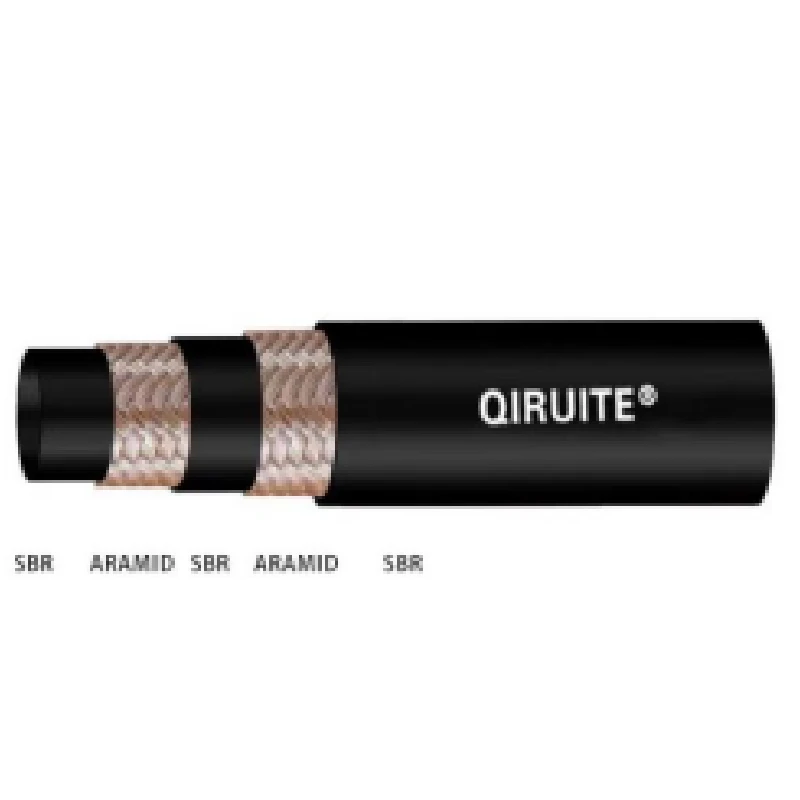BMW E36 Power Steering Hose Replacement Guide and Tips for Optimal Performance
Understanding the BMW E36 Power Steering Hose Maintenance and Replacement Guide
The BMW E36, produced between 1990 and 1999, is a beloved model among car enthusiasts, known for its sporty chassis and responsive handling. However, like any vehicle, the E36 requires regular maintenance to ensure optimal performance. One critical component of the steering system that often needs attention is the power steering hose. In this article, we'll delve into the importance of the power steering hose, common issues, and guidelines for maintenance and replacement.
Importance of the Power Steering Hose
The power steering hose is an integral part of the power steering system, which aids drivers in steering with minimal effort. It carries hydraulic fluid from the power steering pump to the steering gear, allowing the system to operate effectively. A functioning power steering system contributes to improved vehicle handling, making it easier and safer to navigate through various driving conditions.
Common Issues with Power Steering Hoses
Over time, power steering hoses can succumb to wear and tear due to exposure to heat, pressure, and the corrosive nature of the hydraulic fluid. Here are some common issues
1. Leaking Hoses One of the most prevalent problems is fluid leakage. This can be detected by low fluid levels in the power steering reservoir and visible wet spots or drips under the vehicle. Leaks can lead to decreased steering assist and may cause further damage to the power steering pump if not addressed promptly.
2. Cracking and Bulging The rubber material of the hoses can become brittle over time, leading to cracks or bulges. These imperfections can compromise the hose’s integrity, resulting in leaks and diminished performance.
3. Clogged Hoses In some cases, debris or contaminants can clog the hoses, hindering fluid flow. A clogged hose can put additional strain on the power steering pump, leading to premature failure.
Regular Maintenance Tips
Maintaining your power steering system, including the hoses, can prevent costly repairs and ensure your E36 operates smoothly. Here are some maintenance tips
1. Regular Inspections Periodically check the power steering hoses for signs of wear, such as cracks, bulges, or leaks. Early detection can prevent more significant issues down the line.
2. Fluid Levels Regularly monitoring the power steering fluid level is crucial. If you notice a drop in fluid levels without any apparent leaks, it may indicate a problem within the system that requires attention.
bmw e36 power steering hose

3. Fluid Replacement Follow the manufacturer’s recommendations for changing the power steering fluid. Old or contaminated fluid can lead to hose deterioration and reduced performance.
4. Protective Measures If you live in an area with extreme temperatures, consider using protective covers for your hoses to shield them from excessive heat or cold.
When to Replace the Power Steering Hose
If you notice any of the aforementioned issues, or if your power steering is sluggish or unresponsive, it may be time to replace the power steering hose. Here’s a general guide on how to replace the hose
1. Gather Tools and Parts You will need a new power steering hose, a wrench set, and possibly a ratchet and socket set.
2. Safety First Ensure the vehicle is parked on a flat surface, and the engine is off. Use wheel chocks for added safety.
3. Remove the Old Hose Start by locating the power steering pump and steering gear. Use the appropriate tools to loosen and disconnect the old hose.
4. Install the New Hose Connect the new hose to the appropriate fittings on the power steering pump and steering gear, ensuring all connections are secure.
5. Refill Power Steering Fluid After installing the new hose, refill the power steering fluid reservoir and start the engine. Turn the steering wheel from side to side to purge any air from the system.
6. Check for Leaks Finally, inspect the connections for leaks before taking the vehicle for a test drive.
Conclusion
The power steering hose is a critical component of your BMW E36's steering system. Regular maintenance, including inspections and timely replacements, can help avoid issues and enhance your driving experience. By understanding the importance of this component, you can ensure that your E36 continues to perform at its best for years to come. Whether you choose to handle maintenance yourself or seek professional help, being proactive is key to keeping your BMW in peak condition.
-
Ultimate Spiral Protection for Hoses & CablesNewsJun.26,2025
-
The Ultimate Quick-Connect Solutions for Every NeedNewsJun.26,2025
-
SAE J1401 Brake Hose: Reliable Choice for Safe BrakingNewsJun.26,2025
-
Reliable J2064 A/C Hoses for Real-World Cooling NeedsNewsJun.26,2025
-
Heavy-Duty Sewer Jetting Hoses Built to LastNewsJun.26,2025
-
Fix Power Steering Tube Leaks Fast – Durable & Affordable SolutionNewsJun.26,2025

